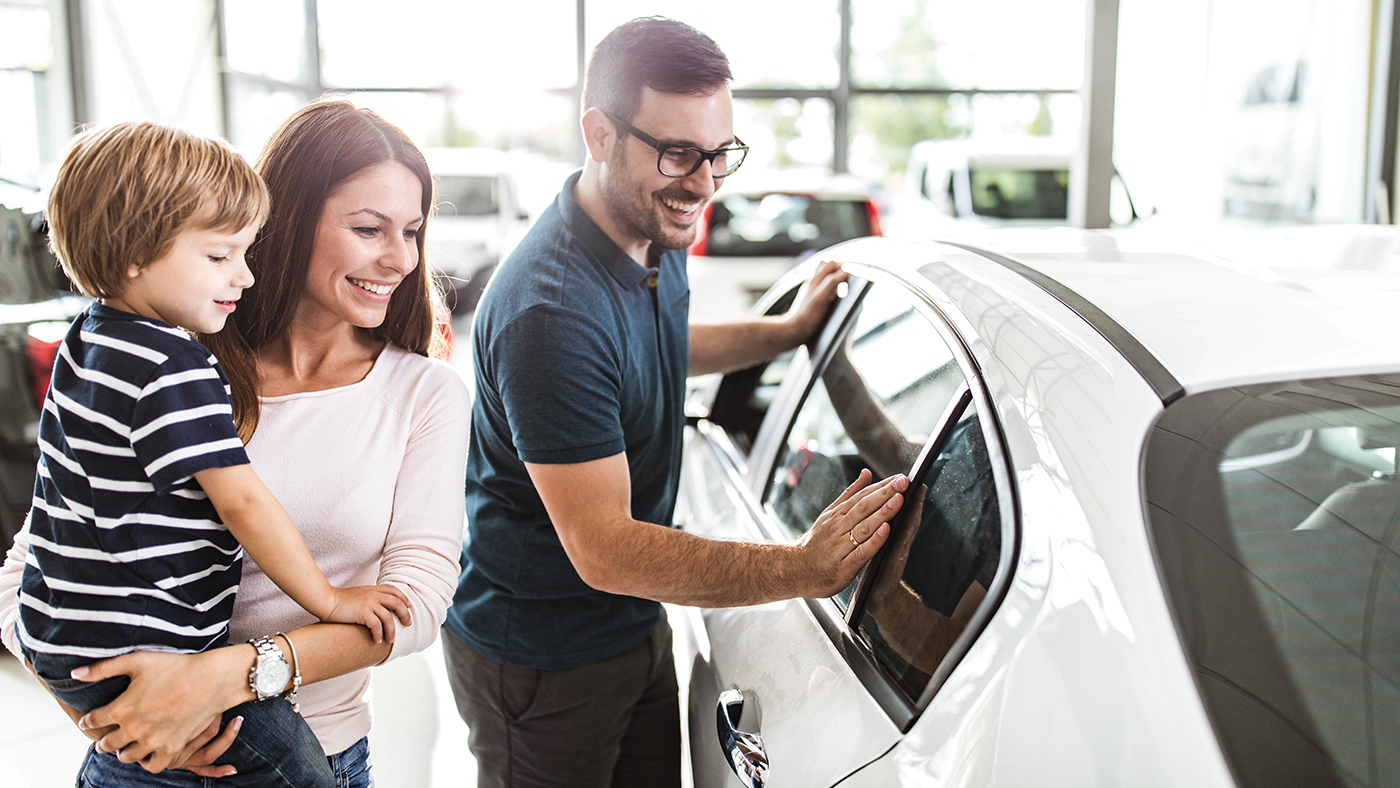How To Get the Most From Your Test Drive
Looking to trade cars? Here’s what you should know about taking a test drive.

If you’re in the market for a new or new-to-you car, a thorough test drive is the best way to find the vehicle that’s right for you. Here are tips to help you choose your next ride (be sure to download our printable version of this checklist).
Before you go
- Decide in advance which cars to test-drive. Are you looking at new or used? Do you have a preferred model in mind? What key features interest you?
- Check before you visit. Don’t waste a trip to a dealership that’s missing the vehicles you want to drive. Call or email first to confirm they have the vehicle(s) you’re considering, to get an up-front price offer and to ask any questions you may have about the process.
- Know what you can afford. Getting prequalified for an auto loan can help you secure the best interest rate and set a realistic budget. Also, consider going through the process with multiple lenders. You’ll see which one is the most willing to offer the best loan, rate and other terms.
- Schedule appointments at more than one car dealership on the same day. This will encourage you to drive multiple cars, help you compare them more easily and keep you focused on the test drive (rather than the sales pitch).
- Visit the Insurance Institute for Highway Safety online to get the safety ratings of most new car models, as well as other safety-related news and tips, including the institute’s annual list of vehicles that have earned its Top Safety Pick designation.
- Gather the things you’ll need for a test drive. Take your driver’s license, proof of insurance and something you can take notes with. Consider bringing someone along to help you evaluate unfamiliar features and functions.
Time for your test drive
- Compare carefully. The car you drive now may not have the latest safety and technology features, so compare the cars you’re testing to one another, not to your current car.
- Test the technology. Be sure you understand how it works and ask yourself whether it’s worth any extra cost.
- Do as much driving as you’re allowed, in a variety of locations, such as residential areas, on the interstate and in a parking lot. Evaluate acceleration, braking, steering, handling and road noise. Pay attention to visibility in general and rear visibility in particular.
- Drive the vehicle the way you intend to use it. If you have a highway commute, take the car on the interstate to see how it handles at highway speeds. If you’ll frequently use the car to transport cargo, check the trunk space.
- Determine how well you fit in the car. Can you easily get in and out? Is the seat comfortable?
- Check out the room in the back seat. Do you have children who ride in car seats? Make sure you can get a car seat in and out, and if you use more than one car seat, see whether you can install all of them properly.
- Inspect the vehicle for damage, even if it’s new.
Want an auto-shopping edge? The AAA Auto Buying Service has helped members save an average of $3,197 on new cars.*
Learn MoreAfter your test drive
- Review your notes on what you did and didn’t like about each car, and use them to compare the different cars you’re testing.
- Speak with your local insurance agent through AAA about the vehicles you’re considering. Find out how safety features—and other variables—affect how much you pay for insurance.
- Test more, if possible. When you’ve narrowed down your choices, see whether the dealer will let you take the car home for the weekend. This will give you time to review the newer technology, drive the car at night, test towing capability and more.